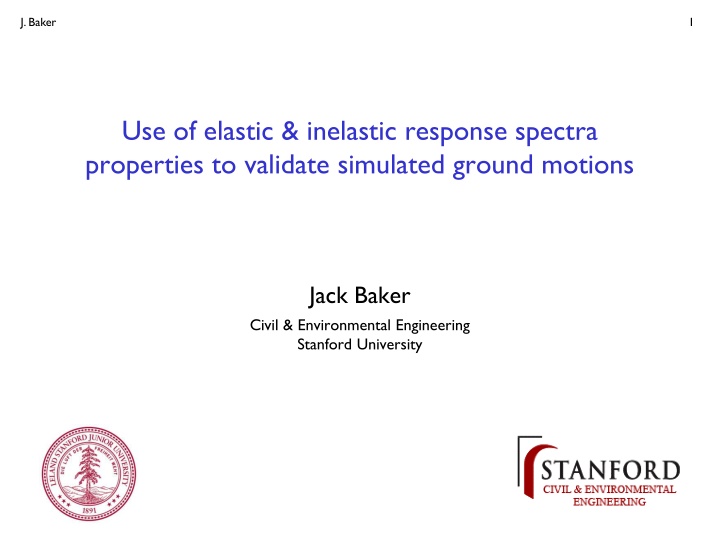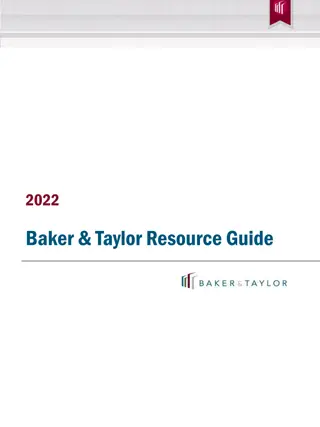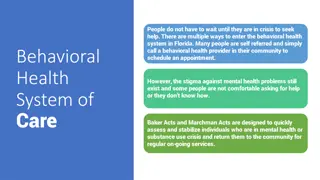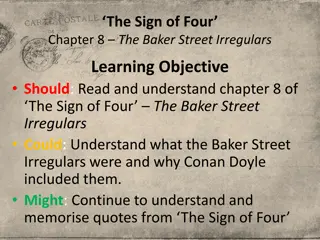
Use of Response Spectra Properties for Ground Motion Validation
Explore the validation of simulated ground motions using elastic and inelastic response spectra properties. Discover the significance of elastic response spectra in seismic hazard analysis and structural response calculations, as well as the importance of spectral correlations and nonlinear response spectra for a more comprehensive understanding of ground motion effects. Dive into techniques for separating sources of ground motion variability for enhanced prediction models.
Download Presentation

Please find below an Image/Link to download the presentation.
The content on the website is provided AS IS for your information and personal use only. It may not be sold, licensed, or shared on other websites without obtaining consent from the author. If you encounter any issues during the download, it is possible that the publisher has removed the file from their server.
You are allowed to download the files provided on this website for personal or commercial use, subject to the condition that they are used lawfully. All files are the property of their respective owners.
The content on the website is provided AS IS for your information and personal use only. It may not be sold, licensed, or shared on other websites without obtaining consent from the author.
E N D
Presentation Transcript
J. Baker 1 Use of elastic & inelastic response spectra properties to validate simulated ground motions Jack Baker Civil & Environmental Engineering Stanford University
J. Baker 2 Ground motions for illustration Illustrative results are presented for several sets of Puente Hills broadband simulations at 648 sites in the Los Angeles region (Graves and Somerville 2006) One-second elastic spectral accelerations (from Graves and Somerville 2006)
J. Baker 3 Elastic response spectra Often serve as the link between seismic hazard analysis and structural response calculation. Basis of significant engineering intuition Looking at these in a statistical sense is important (means, standard deviations, and correlations)
J. Baker 4 Spectral correlations are important and easily measurable Hypothetical response spectra from ground motion simulations with a fixed M & R. All sets of spectra have the same means and standard deviations. Correct correlation Empirical models for correlation are available, and are surprisingly stable across magnitude, distance, site condition, tectonic regime, etc. Over-correlated Under-correlated
J. Baker 5 Nonlinear response spectra One step up in complication and realism Also tied to engineering intuition Can still be tied to statistics of recorded ground motions Predictive model available (e.g., Tothong and Cornell, 2006) Relatively insensitive to most parameters besides magnitude and site nonlinearity Force fy Displacement Expected level of nonlinearity
J. Baker 6 Nonlinear response spectra
J. Baker 7 Nonlinear response spectra
J. Baker 8 Nonlinear response spectra
J. Baker 9 A more advanced topic: sources of variability The latest empirical ground motion prediction models are attempting to separate sources of ground motion variability more carefully = + + + Source ln ( ) ( , , ,etc.) Sa T f M R V 30 s Site Path mean prediction variability Simulated motions could be analyzed in the same way, and it would be interesting to compare the breakdown of variability between the simulations and observations Empirical data: Hard to get repeated observations from a given source and path Source variability is correct by definition Simulations: Possible to get repeated observations from a given source and path Modeling of source variability is actively evolving
J. Baker 10 Conclusions A few easy and useful ground motion properties to look at: Mean values of elastic response spectra (for mean structural response) Standard deviations of response spectra (for hazard, and variability in structural response) Correlations of response spectra at multiple periods (for excitation of nonlinear and multiple modes) Nonlinear response spectral ratios (for nonlinear structural response)
















